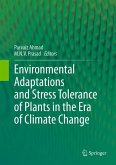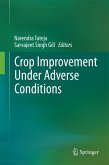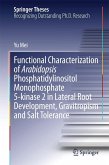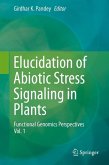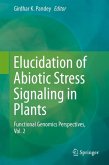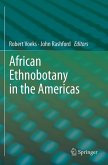Nicholas-Théodore de Saussure, a Swiss plant physiologist and plant chemist, was the last of the early pioneers of photosynthesis research. His most important contributions were the demonstration that water is a component of plant dry matter; that plants obtain their carbon from the carbon dioxide of the air, not from carbonic acid dissolved in the soil water, as most of his contemporaries believed; and that mineral elements and nitrogen from the soil are essential to plant growth. Recherches Chimiques sur la Végétation was his seminal work in the development of the understanding of photosythesis and plant chemistry.
In the two centuries since Recherches Chimiques sur la Végétation was published, luminaries in various branches of science, including plant biology, chemistry, and soil science, have consistently praised it highly. In the twentieth century, eminent photosynthesis researcher Eugene Rabinowitch described Recherches Chimiques sur la Végétationas the first modern book on plant nutrition. Historian of chemistry Henry Leicester called the book a classic, noting that the first important generalization about biochemistry in the nineteenth century came from it. Plant physiologist P. E. Pilet stated that the book laid the foundations of a new science, phytochemistry. Soil scientist E. Walter Russell attributed to de Saussure the quantitative experimental method, which more than anything else made modern agricultural chemistry possible.
A landmark in plant science, the original work was twice translated into German during the nineteenth century, but no English translation has been published. This project is more than just a translation. It includes an extensive introduction by translator and author, Jane F. Hill, as well as notes that provide explanations for archaic terminology and other background material. Dr. Hill has two advanced degrees in botany and extensive experience writing on botanical and other biological subjects, as well as a background in French. Her most recent work until now was as a chapter on the early pioneers of photosynthesis research, in the Springer series on Advances in Photosynthesis and Respiration.
In the two centuries since Recherches Chimiques sur la Végétation was published, luminaries in various branches of science, including plant biology, chemistry, and soil science, have consistently praised it highly. In the twentieth century, eminent photosynthesis researcher Eugene Rabinowitch described Recherches Chimiques sur la Végétationas the first modern book on plant nutrition. Historian of chemistry Henry Leicester called the book a classic, noting that the first important generalization about biochemistry in the nineteenth century came from it. Plant physiologist P. E. Pilet stated that the book laid the foundations of a new science, phytochemistry. Soil scientist E. Walter Russell attributed to de Saussure the quantitative experimental method, which more than anything else made modern agricultural chemistry possible.
A landmark in plant science, the original work was twice translated into German during the nineteenth century, but no English translation has been published. This project is more than just a translation. It includes an extensive introduction by translator and author, Jane F. Hill, as well as notes that provide explanations for archaic terminology and other background material. Dr. Hill has two advanced degrees in botany and extensive experience writing on botanical and other biological subjects, as well as a background in French. Her most recent work until now was as a chapter on the early pioneers of photosynthesis research, in the Springer series on Advances in Photosynthesis and Respiration.
Dieser Download kann aus rechtlichen Gründen nur mit Rechnungsadresse in A, B, BG, CY, CZ, D, DK, EW, E, FIN, F, GR, HR, H, IRL, I, LT, L, LR, M, NL, PL, P, R, S, SLO, SK ausgeliefert werden.



